Air Traffic Control System Failures: Causes, Consequences, And Prevention Strategies
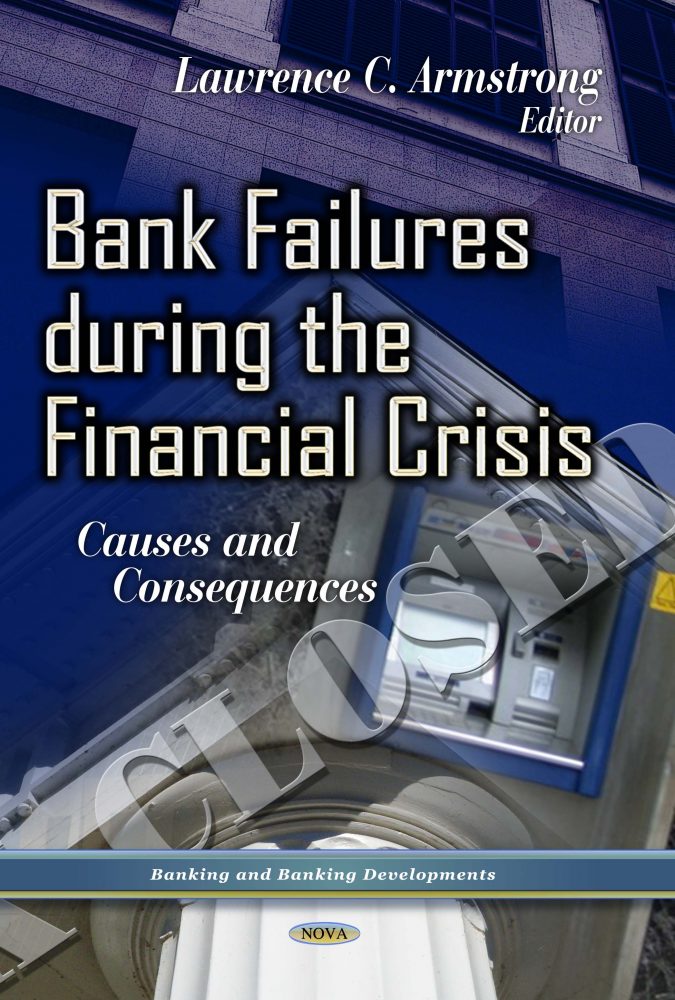
Table of Contents
Causes of Air Traffic Control System Failures
Air traffic control system failures stem from a complex interplay of technological limitations, human error, and environmental factors. Understanding these root causes is vital for developing effective mitigation strategies.
Technological Failures
Outdated technology and inadequate infrastructure significantly contribute to ATC system vulnerabilities.
- Outdated technology and infrastructure: Many ATC systems rely on aging radar technology, communication networks, and data processing systems. These systems may lack the capacity to handle the increasing volume of air traffic and the demands of modern aviation. The transition to more modern systems like ADS-B (Automatic Dependent Surveillance-Broadcast) is crucial, but a slow rollout means many legacy systems remain operational.
- Software glitches and bugs: Software errors are a common cause of system malfunctions. Inadequate software testing and a lack of timely updates can lead to unpredictable system behavior, potentially causing significant disruptions. Robust software development practices, including rigorous testing and continuous monitoring, are essential.
- Hardware malfunctions: Hardware components within the ATC system, such as radar transmitters, communication servers, and data storage devices, can fail. Redundancy and backup systems are necessary to ensure continued operation during hardware failures. Regular maintenance and proactive replacement of aging components are critical.
- Cybersecurity threats: ATC systems are increasingly vulnerable to cyberattacks. Hackers could potentially disrupt communication, manipulate flight data, or even cause complete system failures. Robust cybersecurity measures, including firewalls, intrusion detection systems, and regular security audits, are necessary to protect these critical systems.
Human Error
Human error remains a significant factor contributing to ATC system failures.
- Controller fatigue and workload: Air traffic controllers often work long shifts under intense pressure. Fatigue and excessive workload can impair their judgment and decision-making abilities, increasing the risk of errors. Implementing better shift scheduling and workload management strategies is crucial.
- Training and competency issues: Inadequate training and insufficient competency assessments can lead to controllers lacking the necessary skills and knowledge to handle complex situations. Comprehensive training programs and regular proficiency checks are essential.
- Communication breakdowns: Poor communication between controllers, pilots, and other stakeholders can lead to misunderstandings and errors. Clear and concise communication protocols are vital to ensure effective coordination.
- Procedural violations: Failing to adhere to established procedures and protocols can have serious consequences. Strict adherence to safety regulations and robust enforcement mechanisms are necessary.
Environmental Factors
Adverse environmental conditions can also negatively impact ATC system performance.
- Extreme weather conditions: Severe weather, such as heavy rain, snow, or fog, can significantly reduce radar performance and disrupt communication systems. Redundant systems and weather-resistant infrastructure can help mitigate these impacts.
- Natural disasters: Earthquakes, floods, or other natural disasters can cause widespread damage to ATC infrastructure, leading to prolonged system outages. Disaster preparedness and recovery plans are crucial.
Consequences of Air Traffic Control System Failures
The consequences of ATC system failures can range from minor inconveniences to catastrophic accidents.
Safety Risks
The most significant consequence is the potential for serious safety incidents.
- Near misses and collisions: System failures can increase the risk of near misses and mid-air collisions, potentially leading to loss of life and significant property damage. Robust safety mechanisms are needed to prevent these accidents.
- Flight delays and cancellations: ATC failures inevitably lead to flight delays and cancellations, causing significant disruption to air travel and impacting passengers, airlines, and the broader economy.
- Ground delays and congestion: ATC failures can create ground delays and congestion at airports, further exacerbating the disruption to air travel.
Economic Impacts
Beyond safety, ATC failures have substantial economic consequences.
- Cost of repairs and maintenance: Repairing and replacing damaged equipment can be extremely expensive. Proactive maintenance and investment in resilient infrastructure can reduce these costs.
- Loss of revenue for airlines and airports: Flight delays and cancellations lead to significant revenue losses for airlines and airports. The economic ripple effect is substantial.
- Insurance claims and legal liabilities: ATC failures can result in substantial insurance claims and legal liabilities for various stakeholders, adding to the overall financial burden.
Prevention Strategies for Air Traffic Control System Failures
Preventing ATC system failures requires a multi-pronged approach encompassing technological advancements, improvements in human factors, and strengthened regulatory frameworks.
Technological Advancements
Investing in modern technology is crucial for enhancing ATC system reliability and resilience.
- Investing in new technologies: Adopting advanced technologies, such as ADS-B, data fusion, and next-generation radar systems, can significantly improve situational awareness and reduce the risk of errors.
- Implementing redundancy and backup systems: Implementing redundant systems and backups ensures that the system continues to function even if individual components fail.
- Enhancing cybersecurity measures: Strengthening cybersecurity defenses through intrusion detection systems, firewalls, and regular security audits is essential to protect ATC systems from cyberattacks.
Human Factors Improvements
Addressing human factors is critical to reducing the likelihood of human error.
- Improved training and simulation: Providing air traffic controllers with advanced training programs using realistic simulations will better prepare them for handling various situations.
- Workload management strategies: Implementing effective workload management strategies, including optimized shift scheduling and automation technologies, can reduce controller fatigue and improve performance.
- Enhanced communication protocols: Standardizing communication protocols and incorporating advanced communication technologies can improve clarity and efficiency.
Regulatory and Policy Changes
Stronger regulatory oversight and international collaboration are vital for improving ATC system safety.
- Strengthening safety regulations: Establishing stricter safety regulations and enforcing them rigorously is crucial to ensure compliance and accountability.
- International cooperation: International collaboration and harmonization of standards are crucial for ensuring efficient and safe global air traffic management.
- Independent audits and safety assessments: Regular independent audits and safety assessments should be conducted to identify potential weaknesses and areas for improvement.
Conclusion
Air traffic control system failures pose a significant threat to aviation safety and economic stability. Addressing the root causes, which encompass technological limitations, human error, and environmental factors, requires a concerted effort. By investing in modern technology, improving human factors, and strengthening regulatory frameworks, we can significantly reduce the risk of future air traffic control system failures. Learn more about air traffic control system safety initiatives and advocate for increased investment in improving these critical systems to ensure the continued safety and efficiency of our skies. Preventing air traffic control system failures is not just a matter of technological advancement; it's a commitment to protecting lives and ensuring the seamless flow of global air travel.

Featured Posts
-
 Images Interieures Du Theatre Tivoli A Clisson Selectionne Au Loto Du Patrimoine 2025
May 22, 2025
Images Interieures Du Theatre Tivoli A Clisson Selectionne Au Loto Du Patrimoine 2025
May 22, 2025 -
 Blue Origin Cancels Launch Subsystem Problem Delays Flight
May 22, 2025
Blue Origin Cancels Launch Subsystem Problem Delays Flight
May 22, 2025 -
 Succession Planning For The Ultra High Net Worth A Growing Trend
May 22, 2025
Succession Planning For The Ultra High Net Worth A Growing Trend
May 22, 2025 -
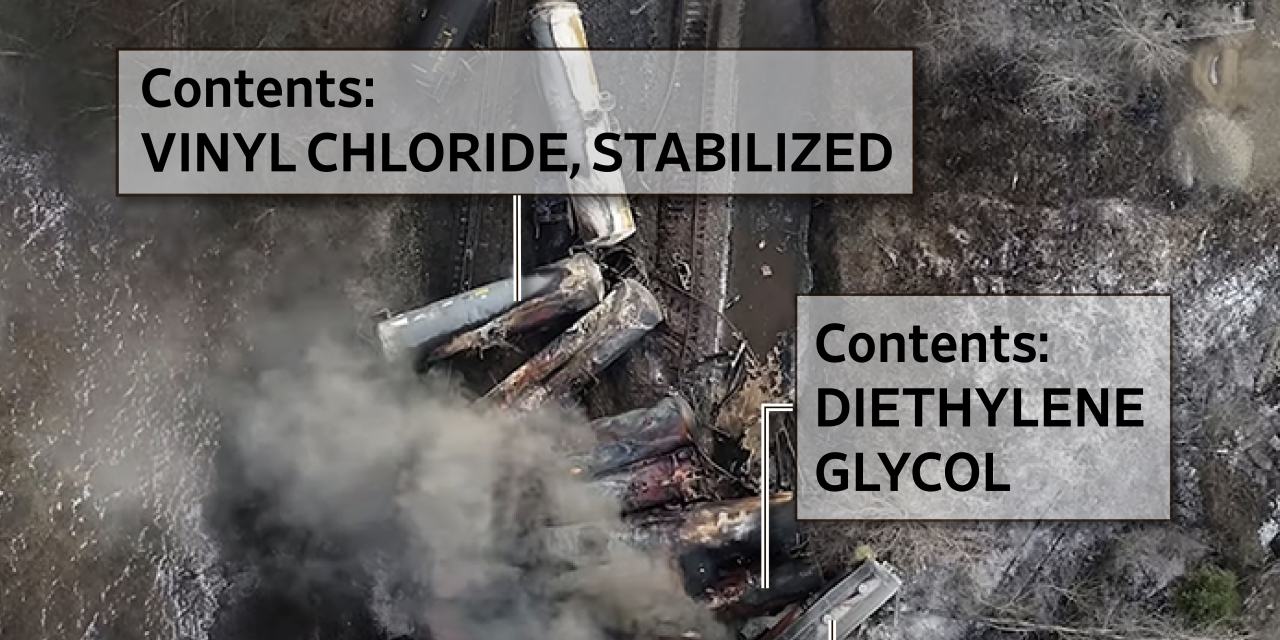 Toxic Chemicals From Ohio Train Derailment Building Contamination And Long Term Effects
May 22, 2025
Toxic Chemicals From Ohio Train Derailment Building Contamination And Long Term Effects
May 22, 2025 -
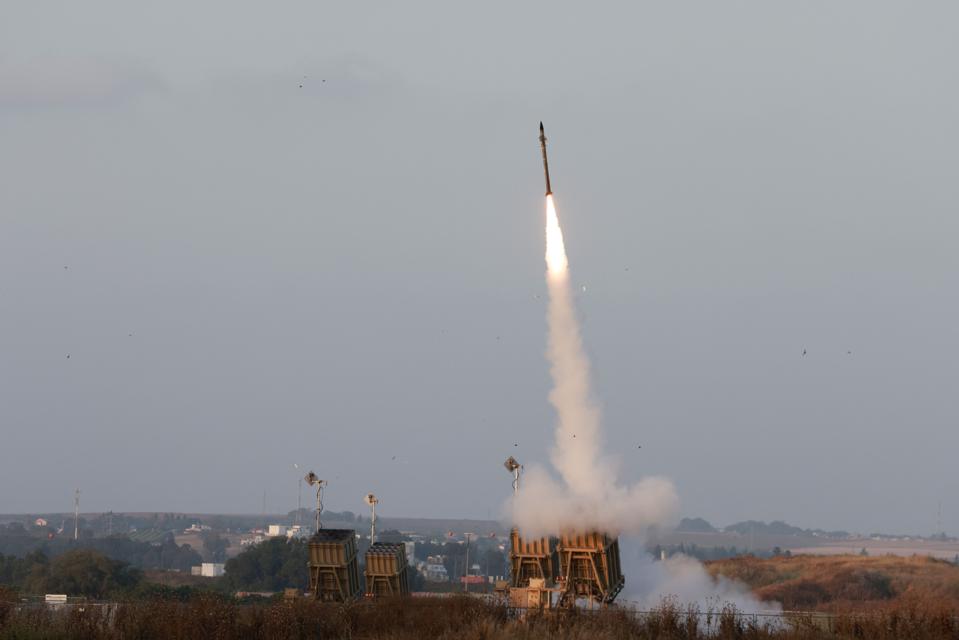 Trumps Proposed Golden Dome Missile Shield A Detailed Plan
May 22, 2025
Trumps Proposed Golden Dome Missile Shield A Detailed Plan
May 22, 2025
Latest Posts
-
 Taylor Swifts Involvement In Blake Lively And Justin Baldonis Legal Drama An Exclusive Look
May 22, 2025
Taylor Swifts Involvement In Blake Lively And Justin Baldonis Legal Drama An Exclusive Look
May 22, 2025 -
 Blake Lively And Taylor Swift Did A Subpoena Damage Their Friendship
May 22, 2025
Blake Lively And Taylor Swift Did A Subpoena Damage Their Friendship
May 22, 2025 -
 Ukrayina V Nato Otsinka Rizikiv Ta Perspektiv
May 22, 2025
Ukrayina V Nato Otsinka Rizikiv Ta Perspektiv
May 22, 2025 -
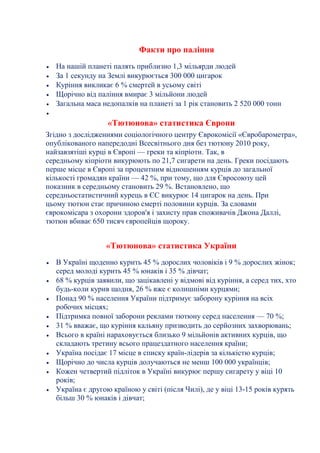 Vstup Ukrayini Do Nato Poglyadi Yevrokomisara Ta Analiz Rizikiv
May 22, 2025
Vstup Ukrayini Do Nato Poglyadi Yevrokomisara Ta Analiz Rizikiv
May 22, 2025 -
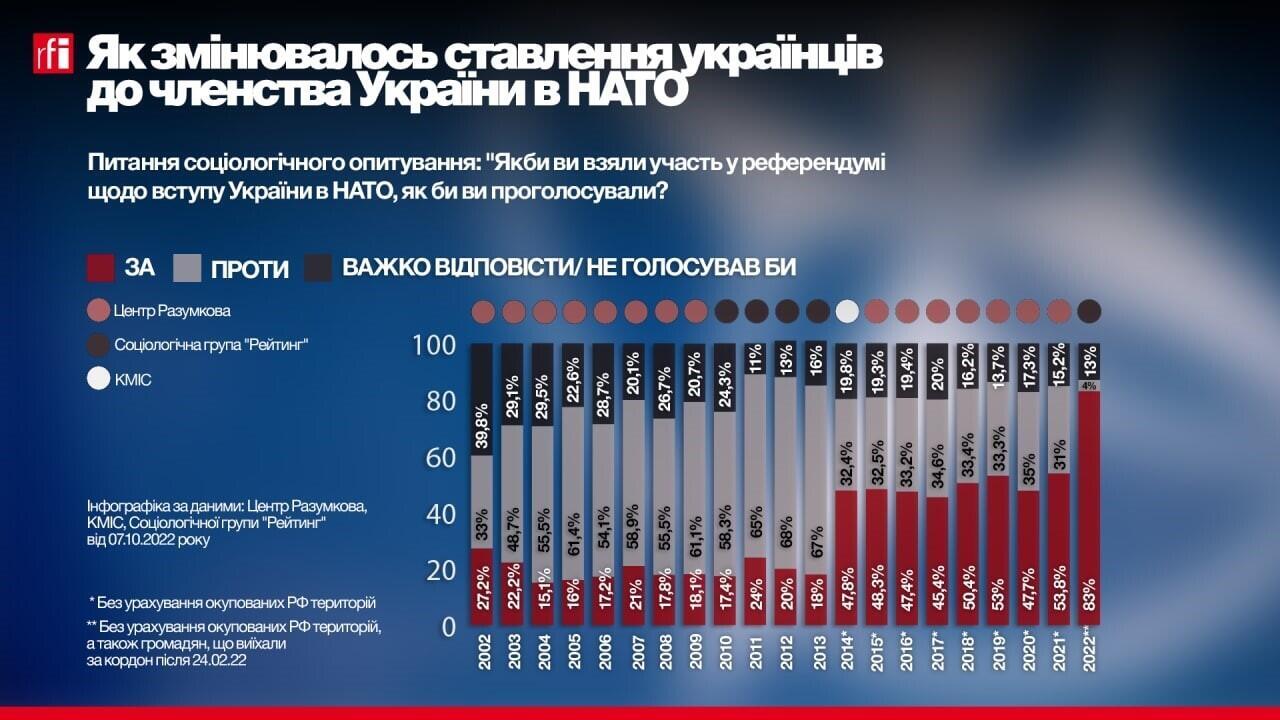 Analiz Pereshkod Dlya Vstupu Ukrayini Do Nato Vid Yevrokomisara
May 22, 2025
Analiz Pereshkod Dlya Vstupu Ukrayini Do Nato Vid Yevrokomisara
May 22, 2025
